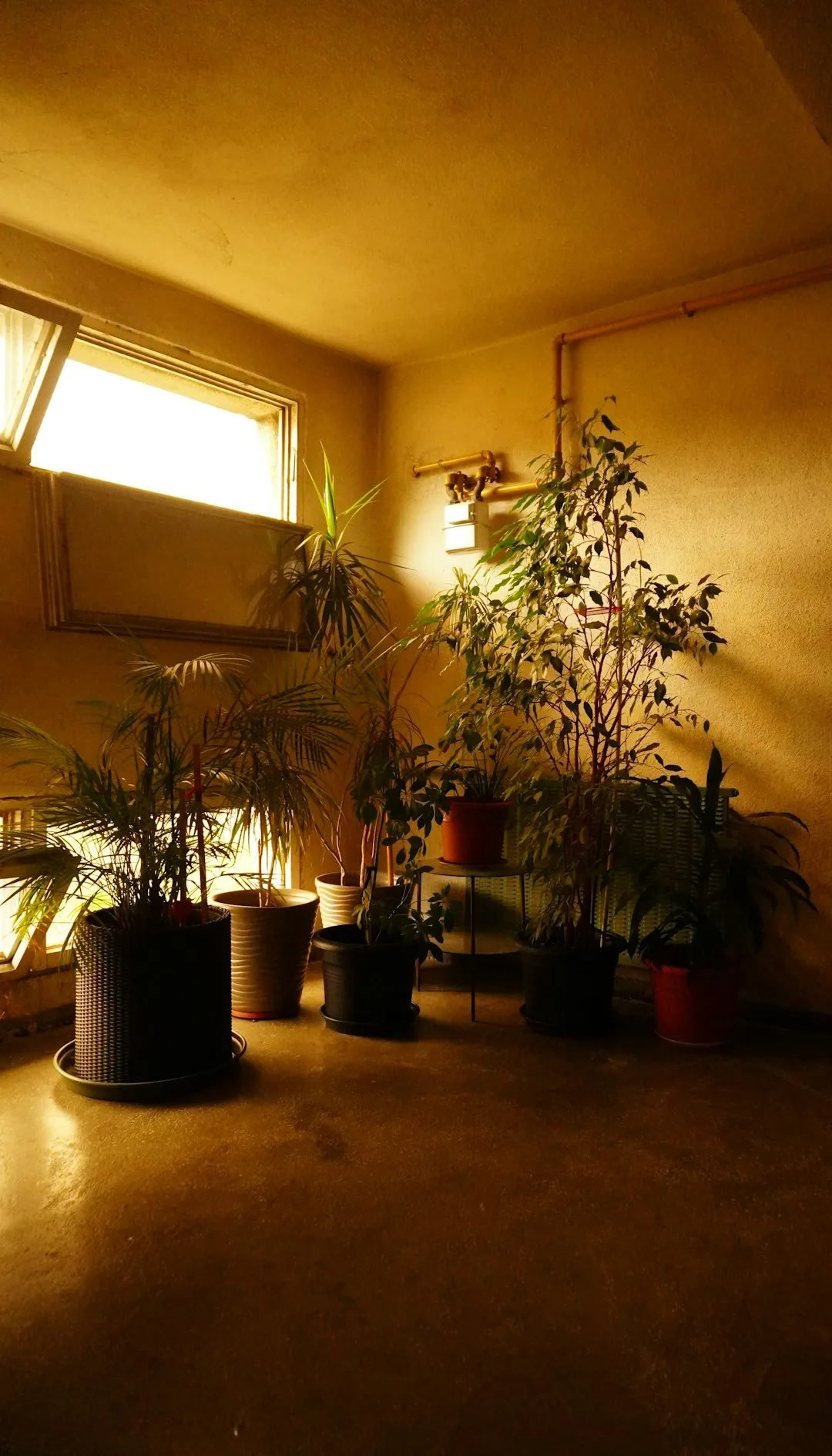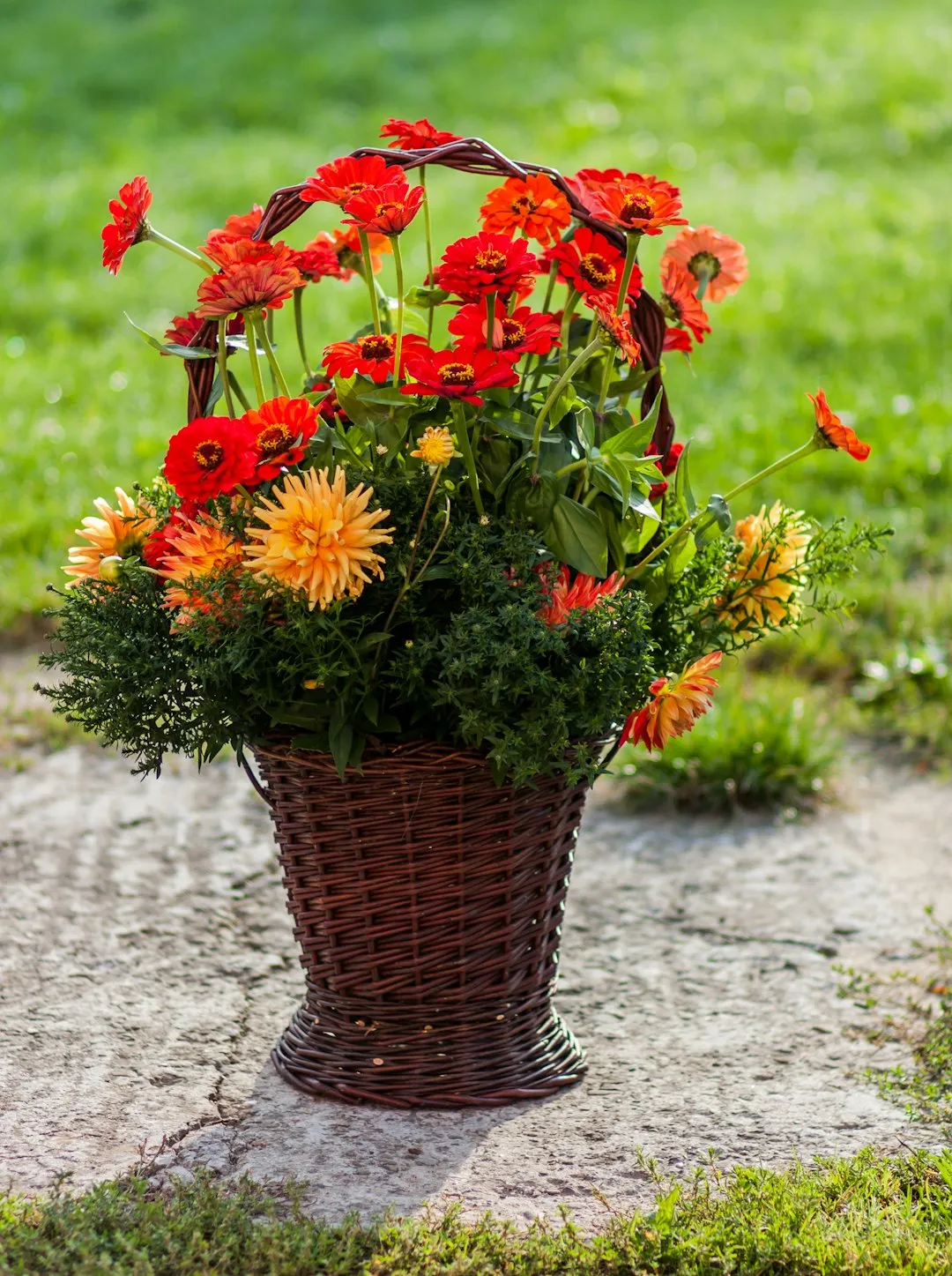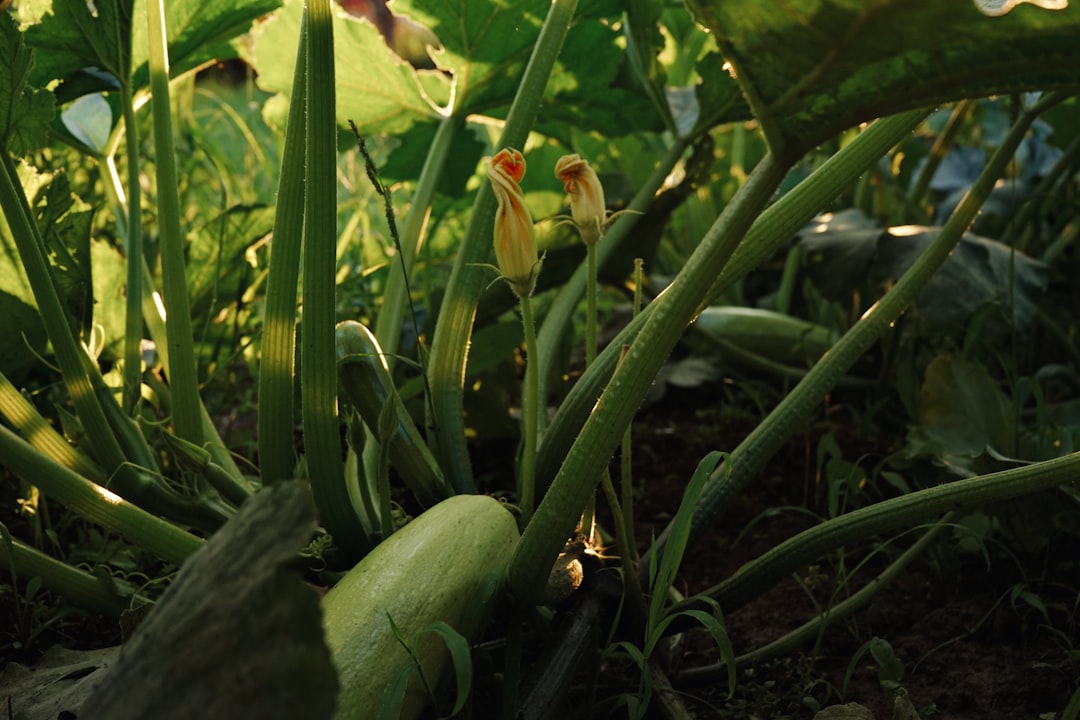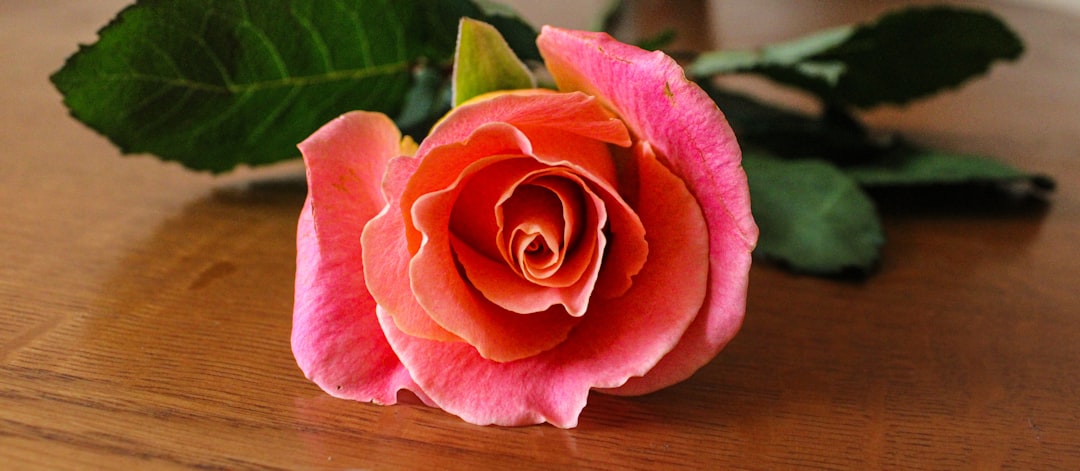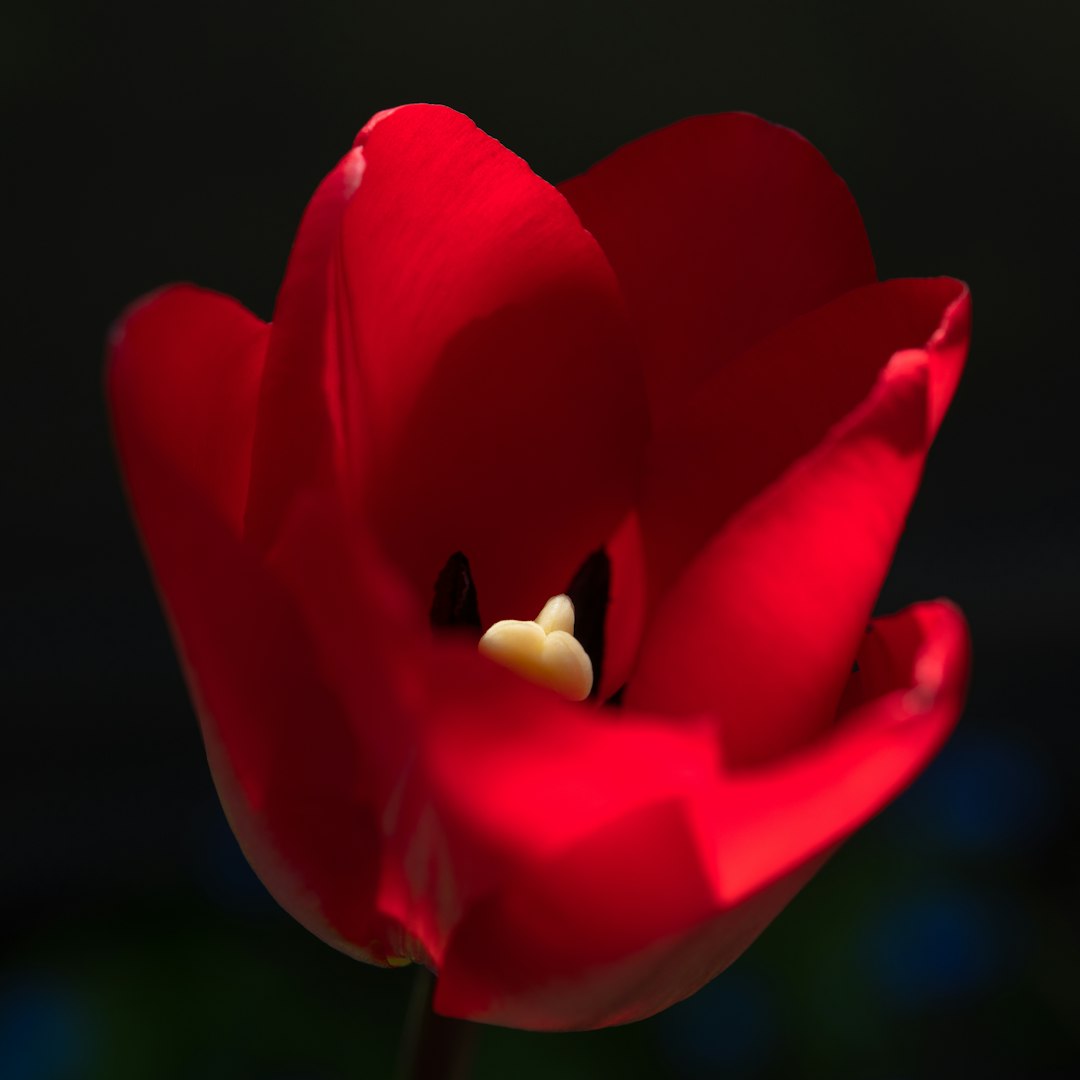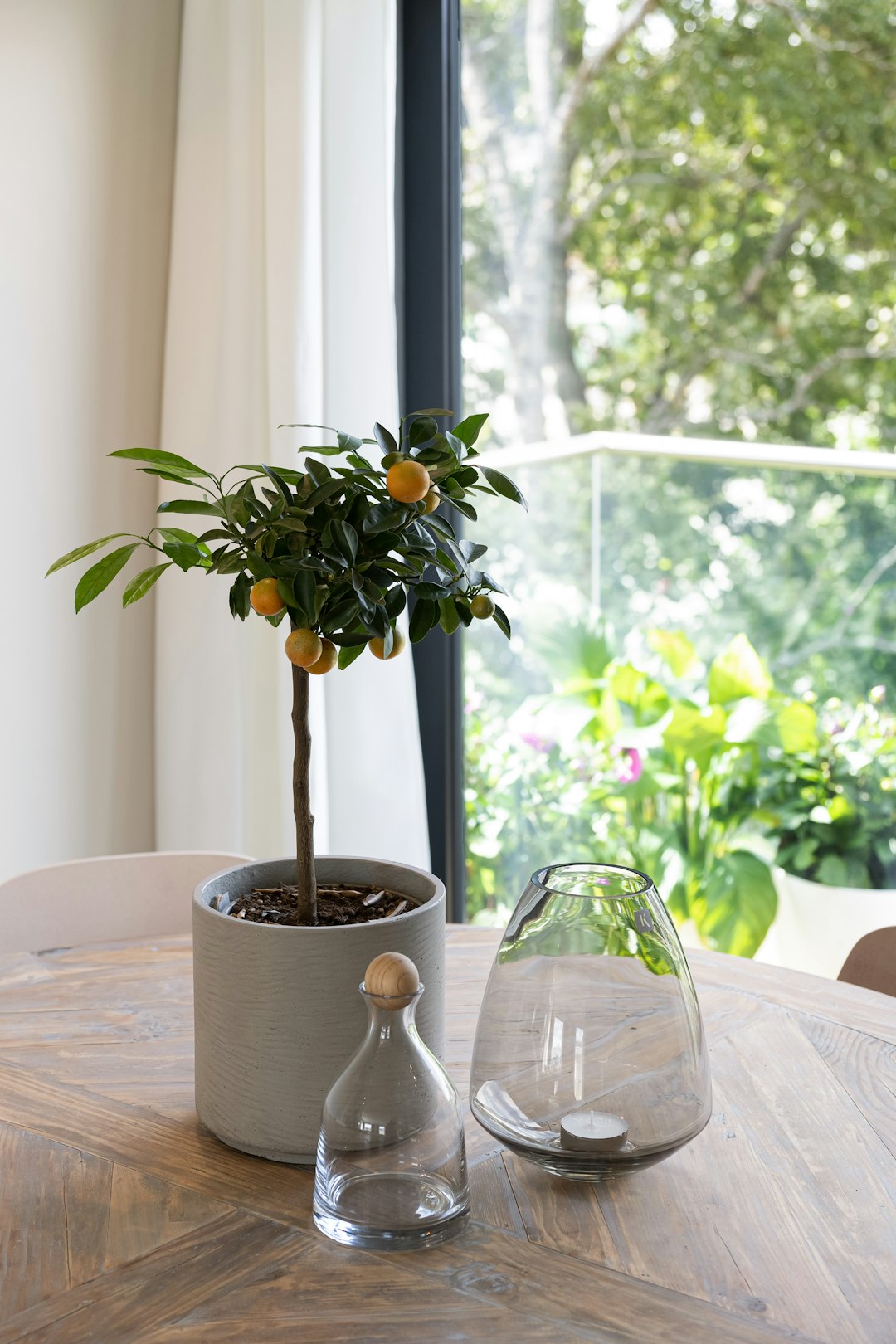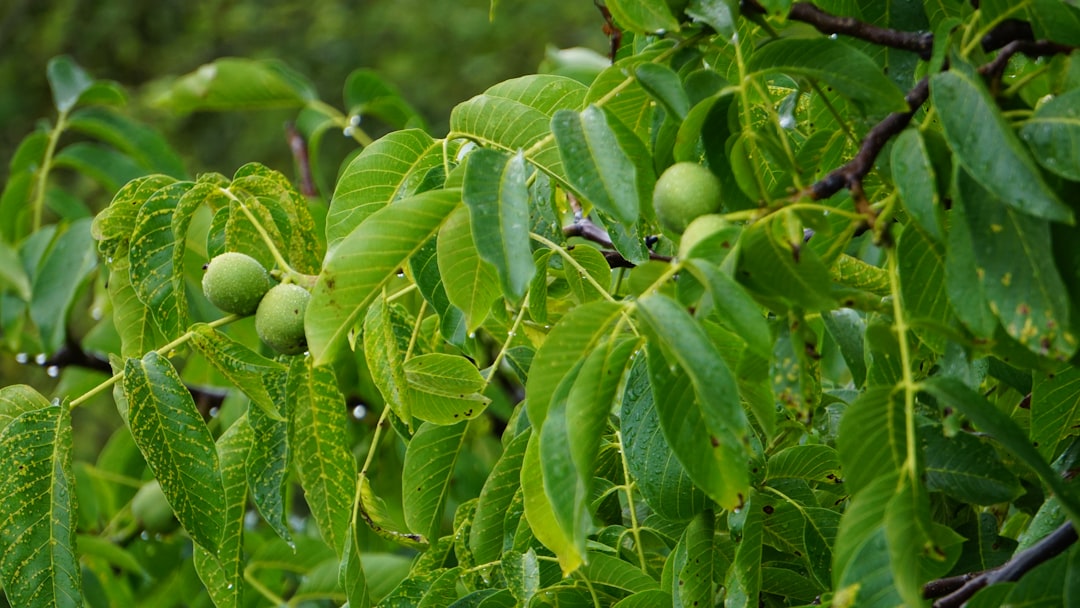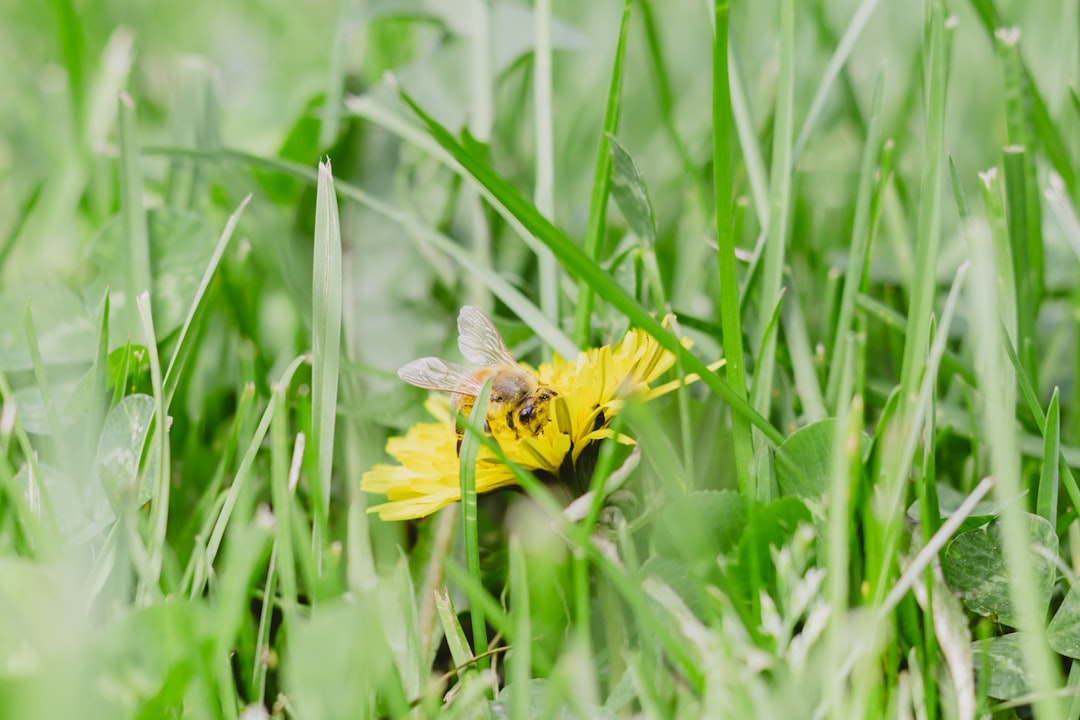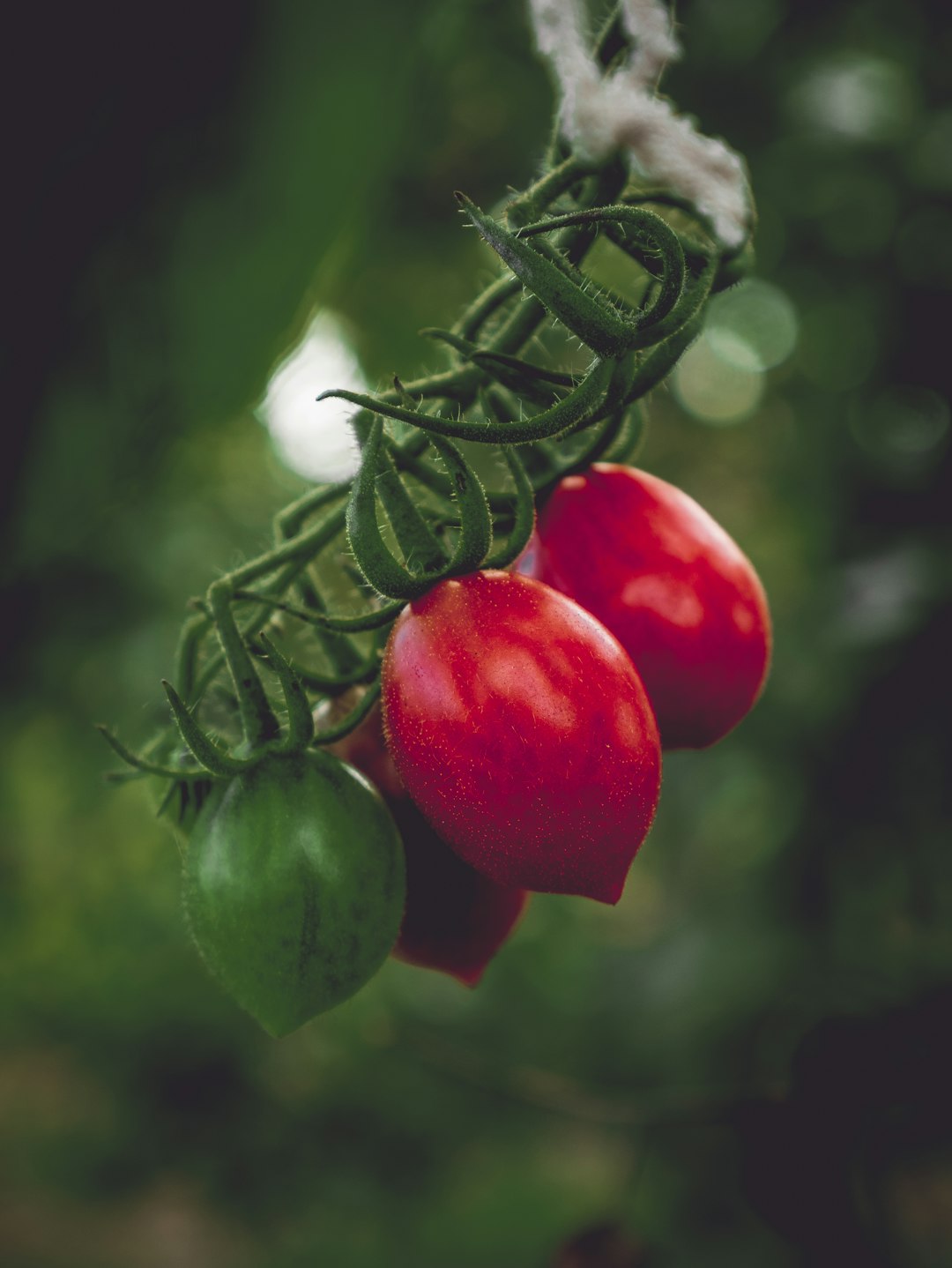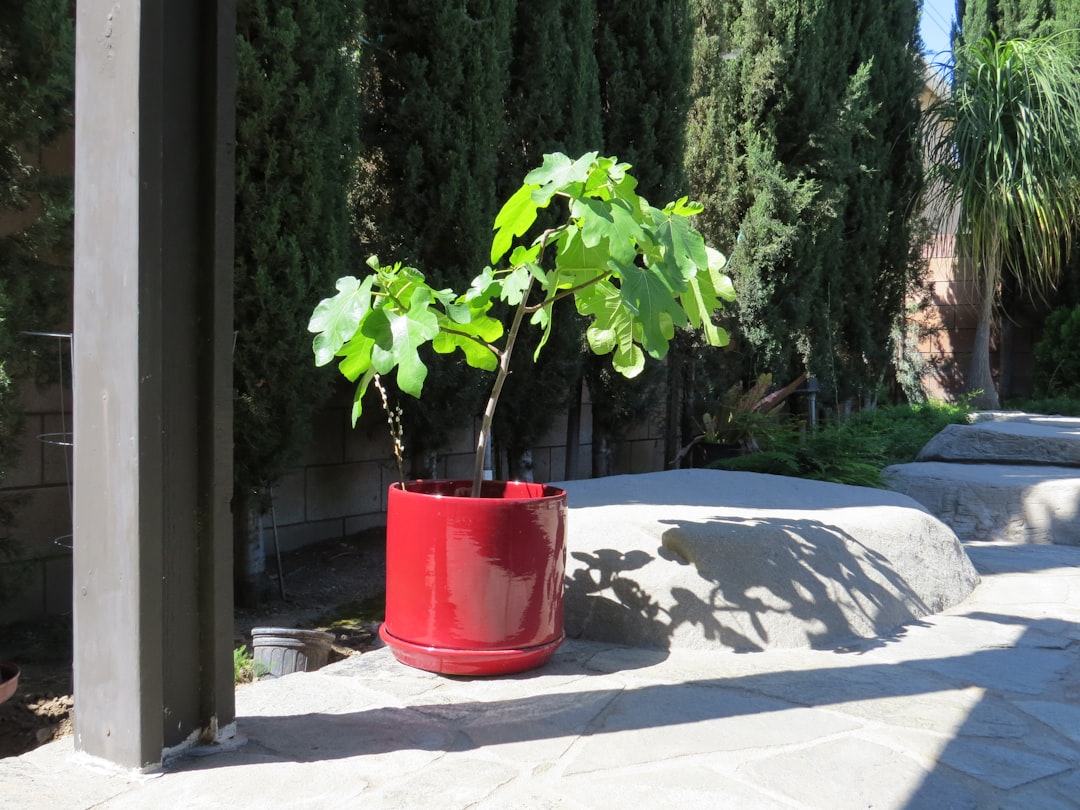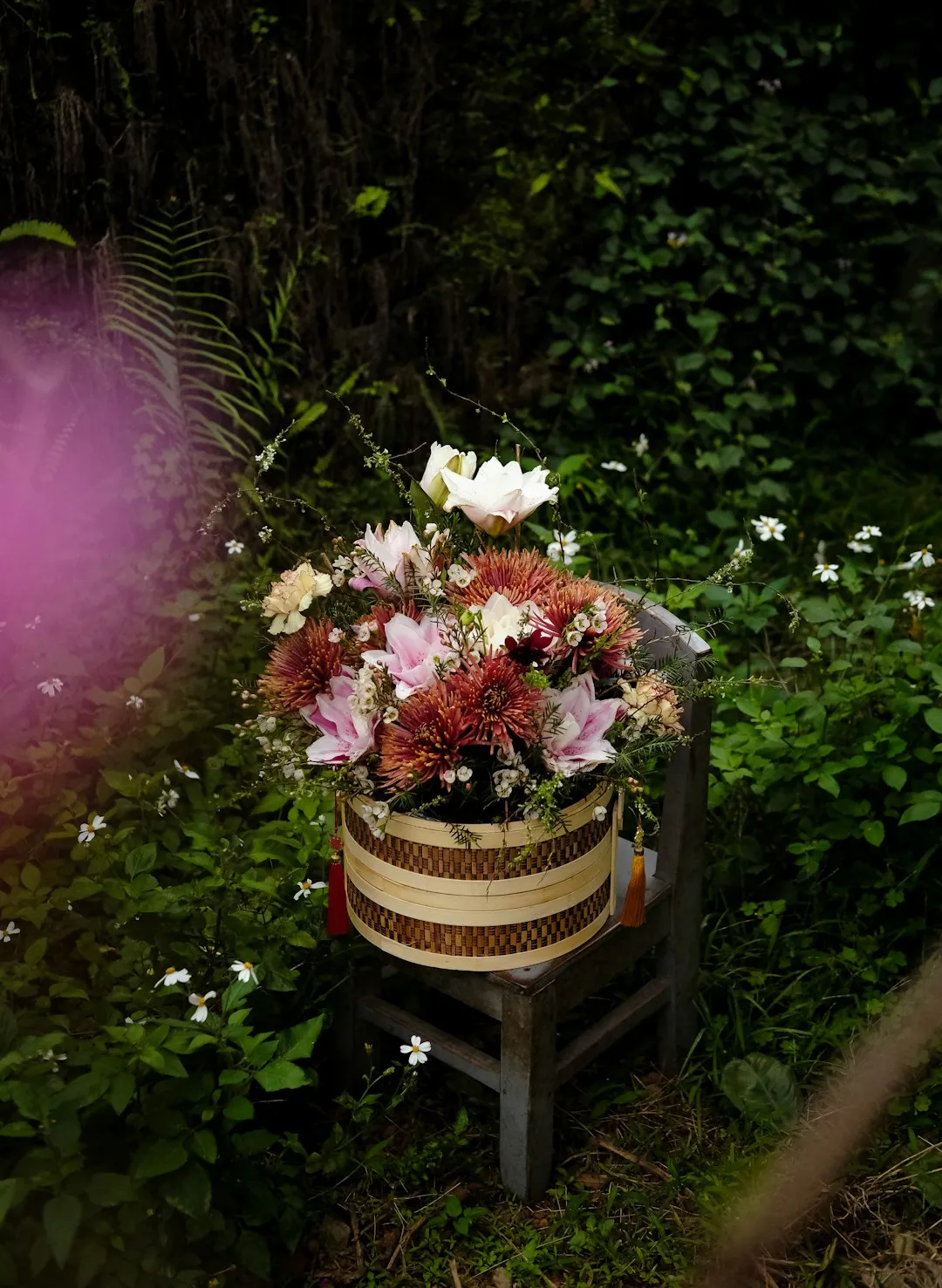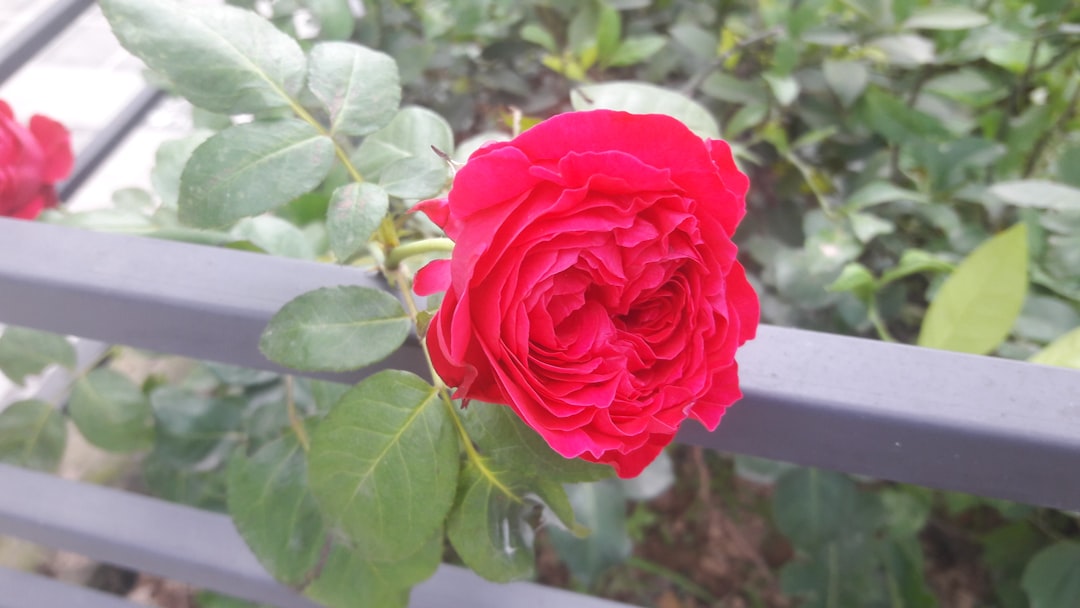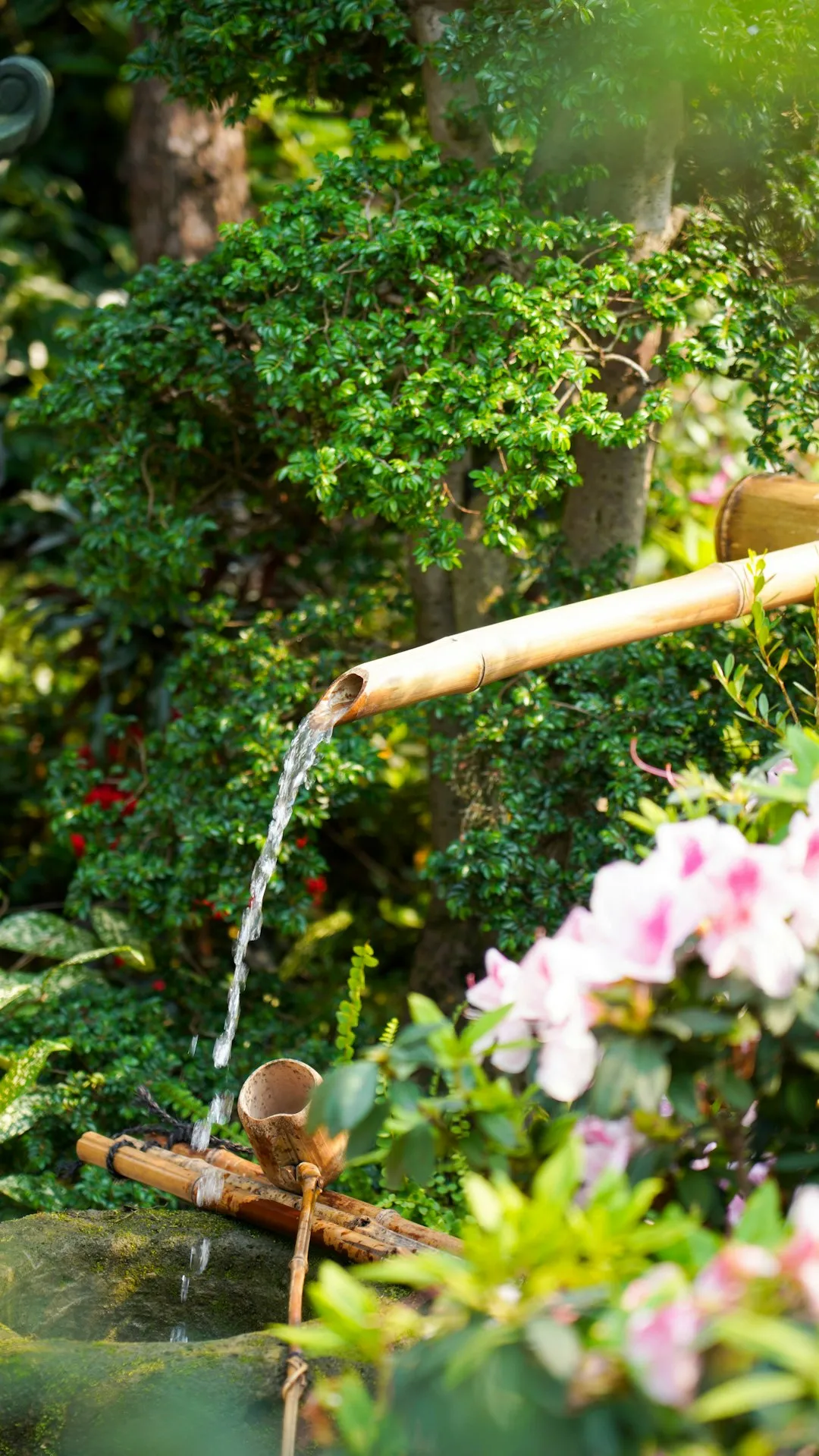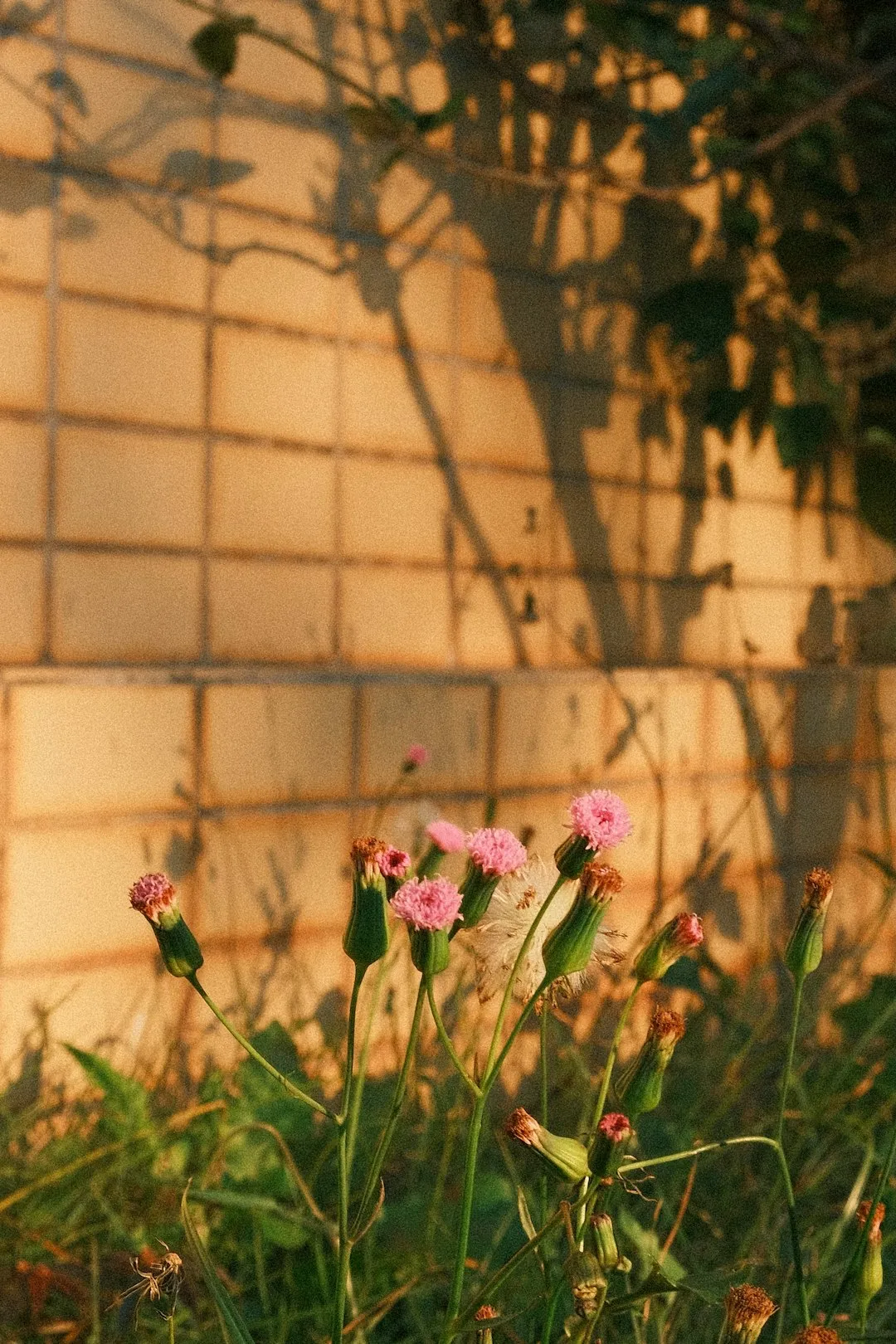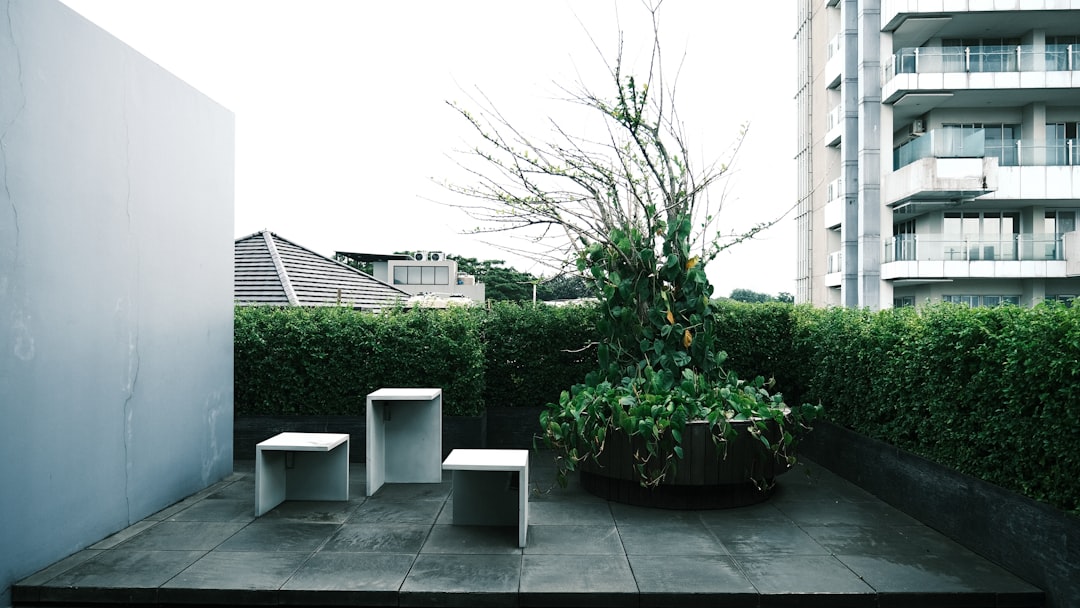Embarking on the journey of indoor herb gardening is a rewarding endeavor that brings the freshness of nature right into your home. With the right knowledge and a bit of effort, you can cultivate a thriving herb garden without the need to guess about the best practices. This guide will take you through the essential aspects of growing herbs indoors, from choosing the right herbs to providing the optimal lighting and selecting the perfect pots.
### Selecting the Best Herbs for Indoor Gardening
Not all herbs are created equal when it comes to indoor cultivation. Some herbs are more adaptable to the indoor environment, with its limited space, light, and humidity. Here are some of the best herbs to consider growing indoors:
- Basil: This fragrant herb is a staple in many kitchens. It thrives in warm, sunny conditions and can be used in a variety of dishes, from pasta sauces to pesto.
- Mint: Mint is a hardy herb that grows quickly and can tolerate a bit of shade. It comes in different varieties, such as peppermint and spearmint, and can be used in teas, cocktails, and desserts.
- Rosemary: With its pine-like aroma, rosemary is a great addition to roasted meats and vegetables. It prefers well-drained soil and plenty of sunlight.
- Thyme: Thyme is a versatile herb that can be used in both savory and sweet dishes. It is drought-tolerant and does well in small pots.
- Chives: Chives add a mild onion flavor to dishes and are easy to grow indoors. They can be snipped as needed and will regrow quickly.
When choosing herbs, consider your personal taste preferences and the types of dishes you like to cook. You can also mix and match different herbs to create a diverse and flavorful herb garden.
### Providing the Right Lighting
Light is one of the most important factors in indoor herb gardening. Most herbs require at least 6-8 hours of sunlight per day to grow properly. If you don't have a sunny window, you can use artificial grow lights to supplement the natural light.
There are different types of grow lights available, including fluorescent, LED, and high-intensity discharge (HID) lights. LED grow lights are a popular choice for indoor herb gardening because they are energy-efficient, long-lasting, and can be customized to provide the specific wavelengths of light that herbs need for photosynthesis.
When using grow lights, place them about 6-12 inches above the herbs and keep them on for 12-16 hours per day. You may need to adjust the height of the lights as the herbs grow to ensure they receive the right amount of light.
### Choosing the Right Pots
The type of pots you use for your indoor herb garden can have a significant impact on the health and growth of your herbs. Here are some factors to consider when choosing pots:
- Size: Choose pots that are large enough to accommodate the root system of your herbs. A good rule of thumb is to choose pots that are at least 4-6 inches in diameter for small herbs and 8-10 inches in diameter for larger herbs.
- Drainage: Make sure the pots have drainage holes at the bottom to prevent water from pooling and causing root rot. You can also place a layer of gravel or broken pottery at the bottom of the pot to improve drainage.
- Material: Pots can be made from a variety of materials, including plastic, ceramic, terracotta, and metal. Each material has its own advantages and disadvantages. Plastic pots are lightweight and inexpensive, but they may not be as durable as other materials. Ceramic and terracotta pots are porous and allow air and water to circulate, but they can be heavy and breakable. Metal pots are durable and stylish, but they may heat up quickly in direct sunlight and damage the roots of your herbs.
You can also choose to grow your herbs in a vertical garden or a herb planter box to save space and create a more organized and attractive herb garden.
### Caring for Your Indoor Herb Garden
Once you have set up your indoor herb garden, it's important to take good care of your herbs to ensure they grow healthy and strong. Here are some tips for caring for your indoor herb garden:
- Watering: Water your herbs regularly, but make sure not to overwater them. Herbs prefer well-drained soil, so allow the top inch of soil to dry out between waterings. You can use a moisture meter to check the moisture level of the soil.
- Fertilizing: Fertilize your herbs every 2-3 weeks with a balanced fertilizer. You can use a liquid fertilizer or a slow-release fertilizer. Follow the instructions on the fertilizer package for the correct dosage.
- Pruning: Prune your herbs regularly to encourage bushier growth and prevent them from becoming leggy. You can use sharp scissors or pruning shears to snip off the top few inches of the stems.
- Pest Control: Keep an eye out for pests, such as aphids, spider mites, and whiteflies. You can use natural pest control methods, such as neem oil or insecticidal soap, to get rid of pests. If the infestation is severe, you may need to use a chemical pesticide.
By following these tips, you can enjoy a bountiful harvest of fresh herbs from your indoor herb garden all year round.
In conclusion, growing herbs indoors is a fun and rewarding way to add fresh flavor to your meals and bring a touch of nature into your home. With the right herbs, lighting, pots, and care, you can create a thriving indoor herb garden that will provide you with a continuous supply of delicious herbs.



